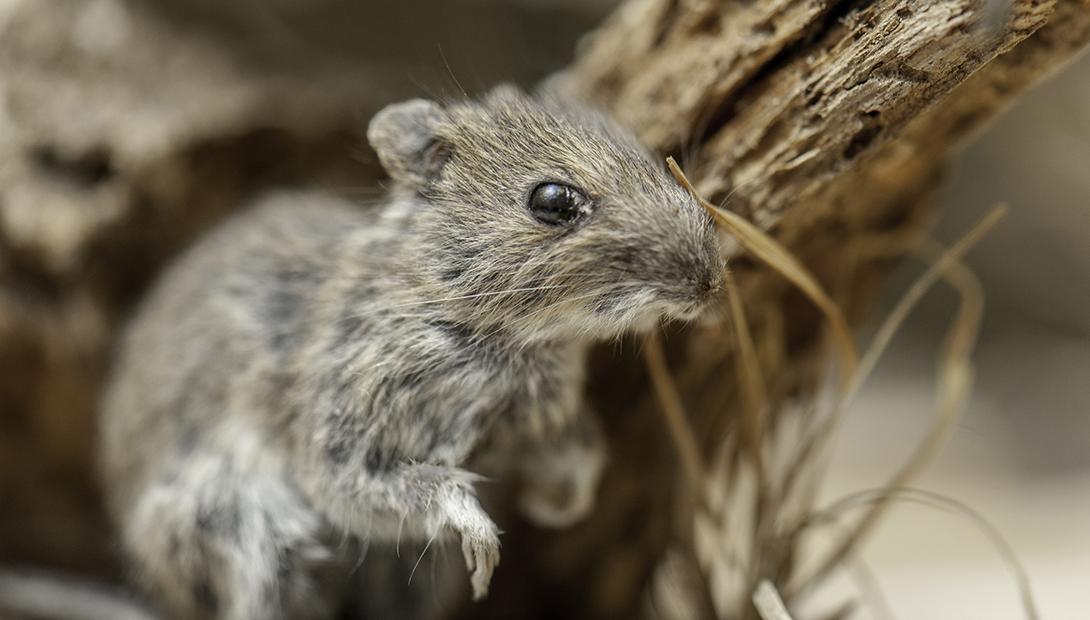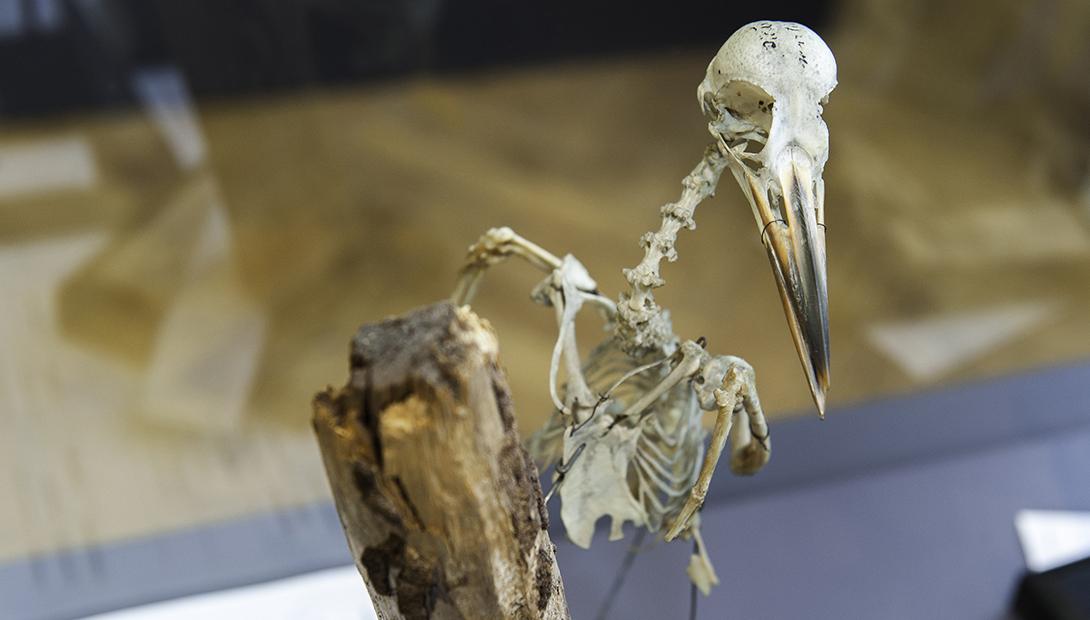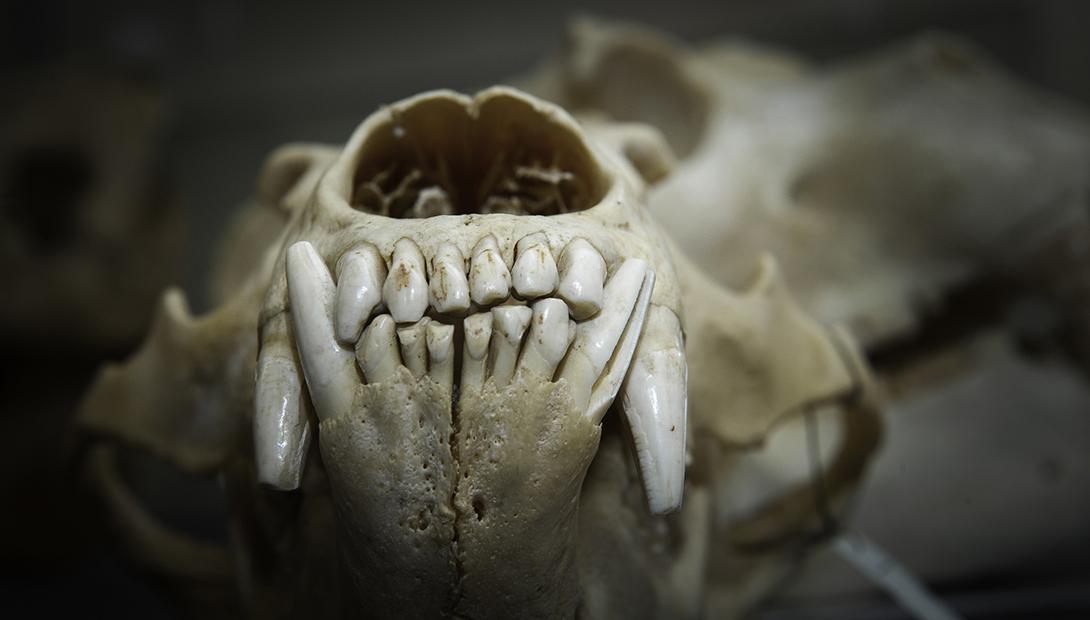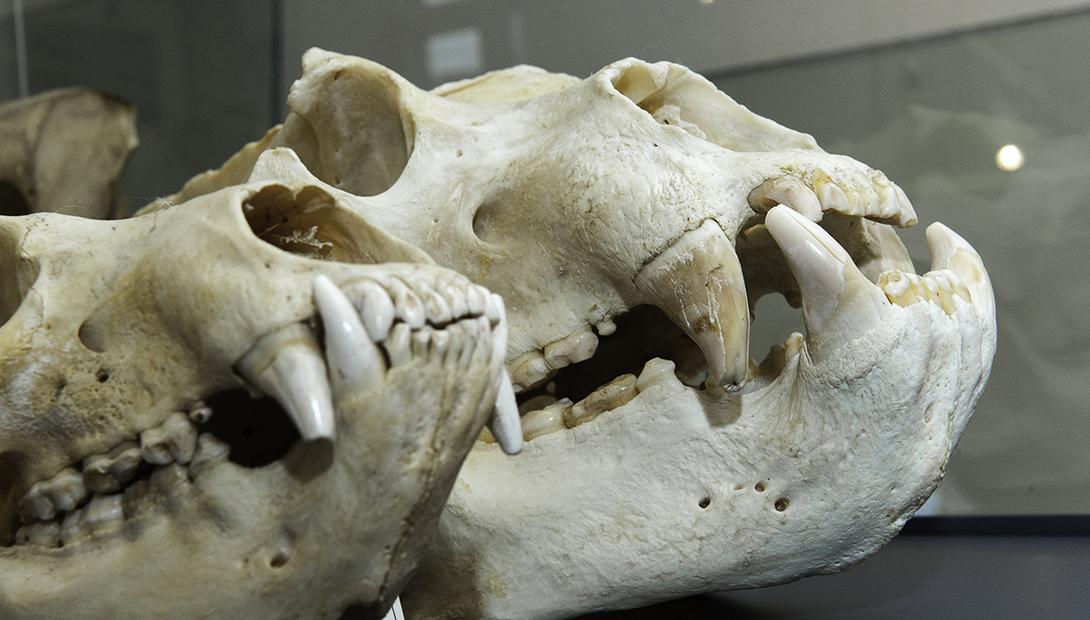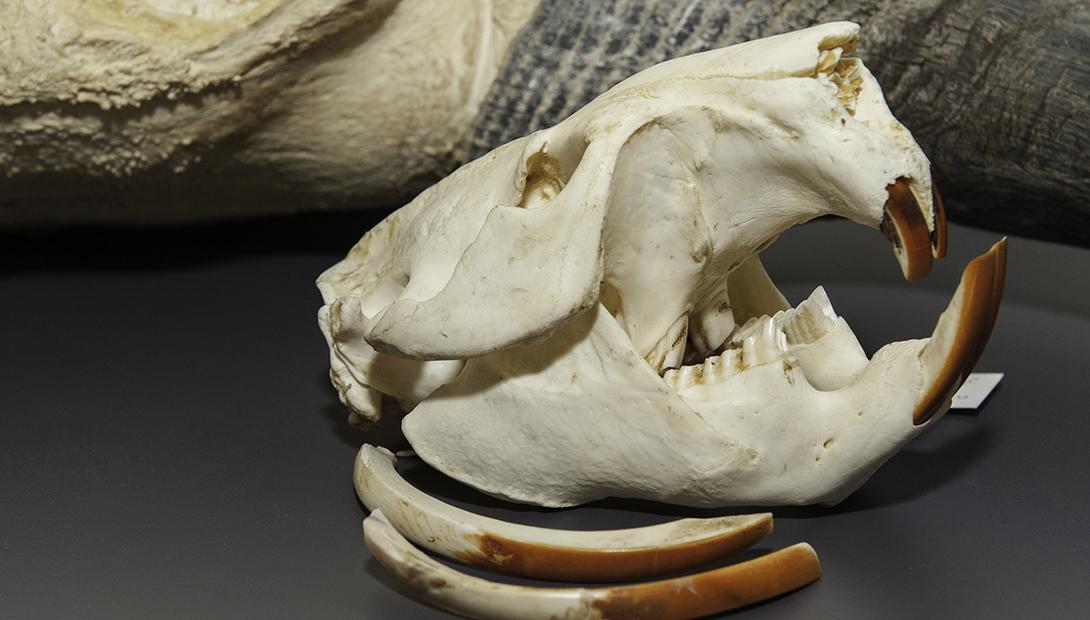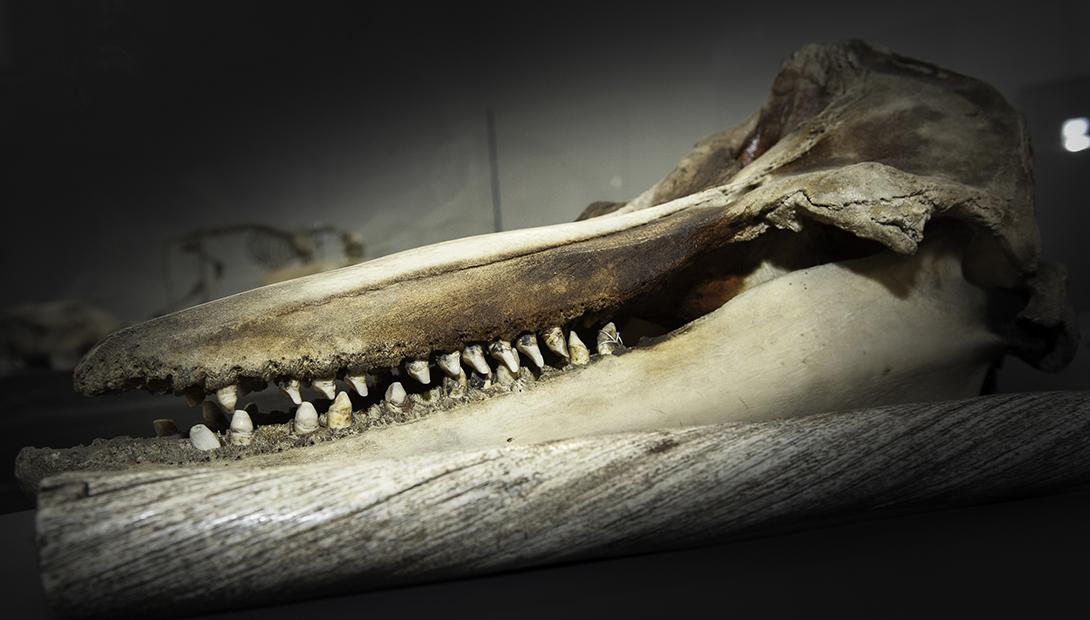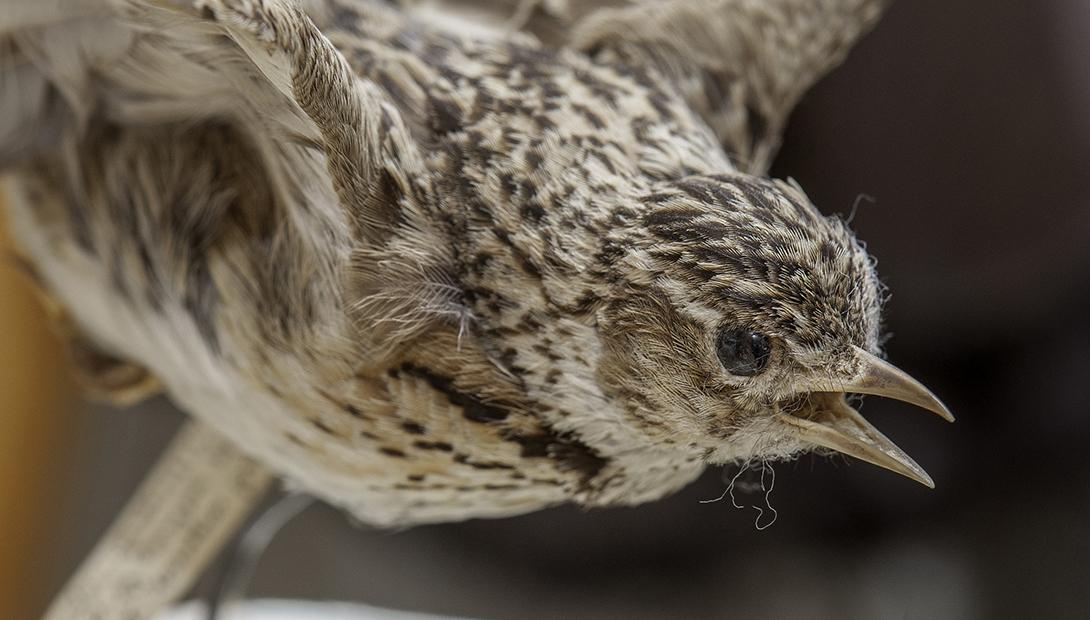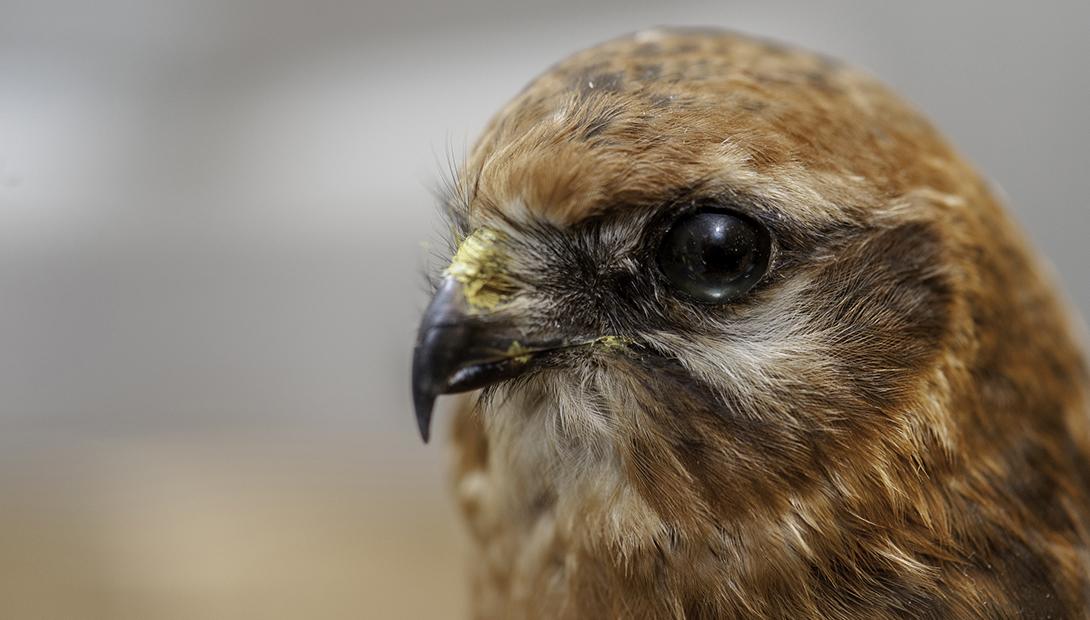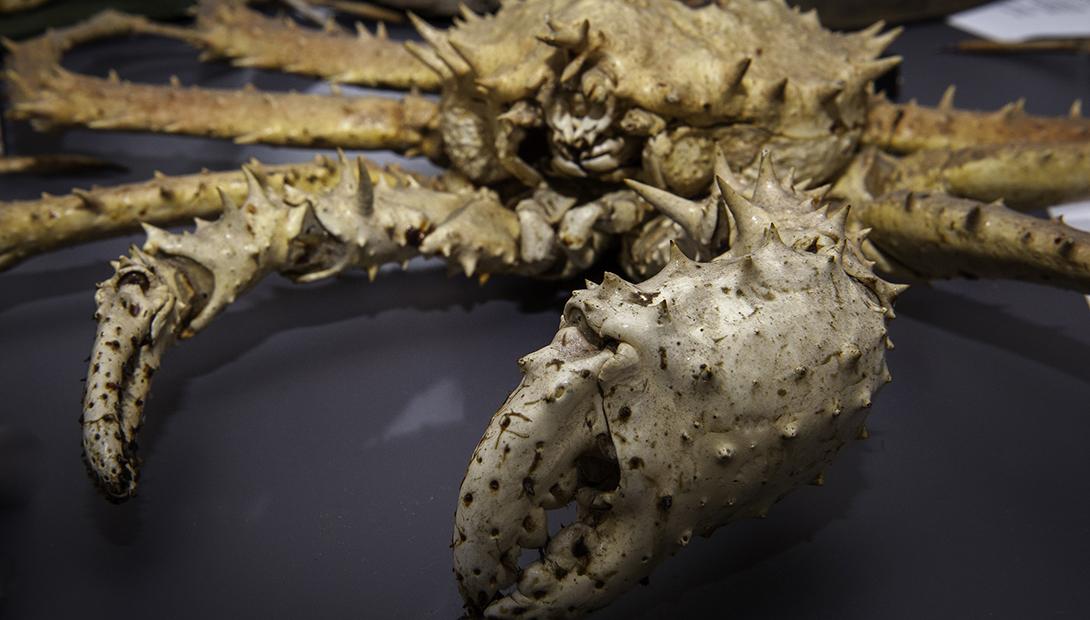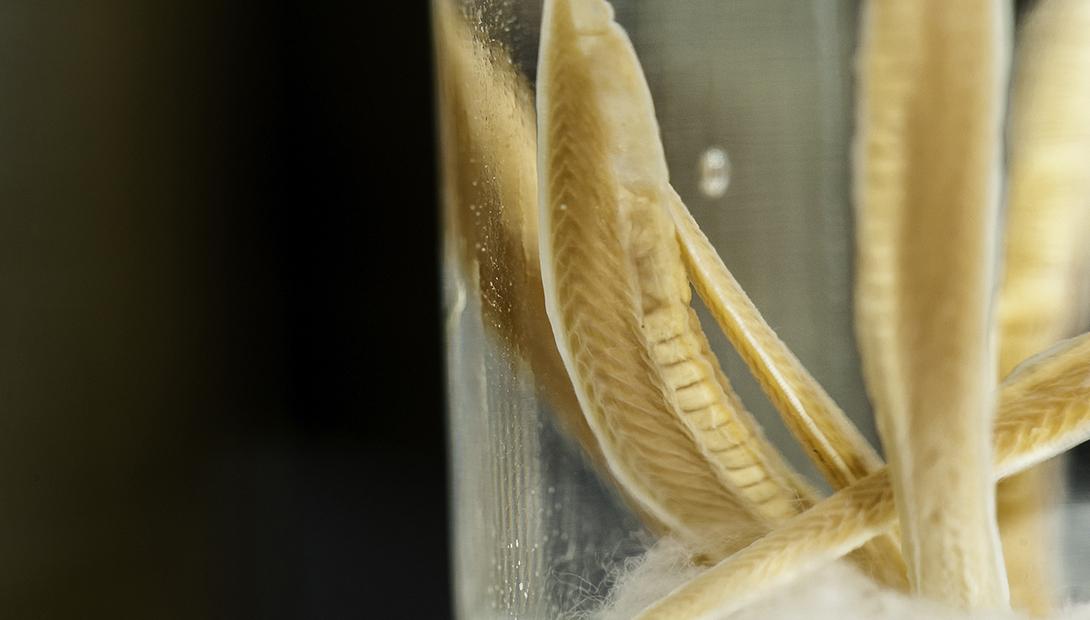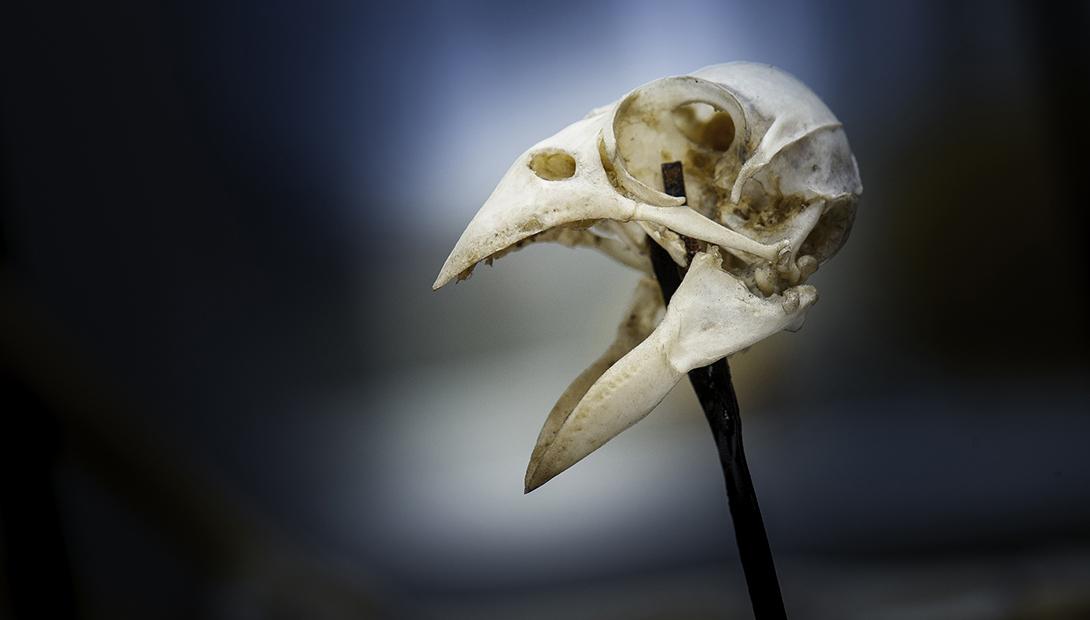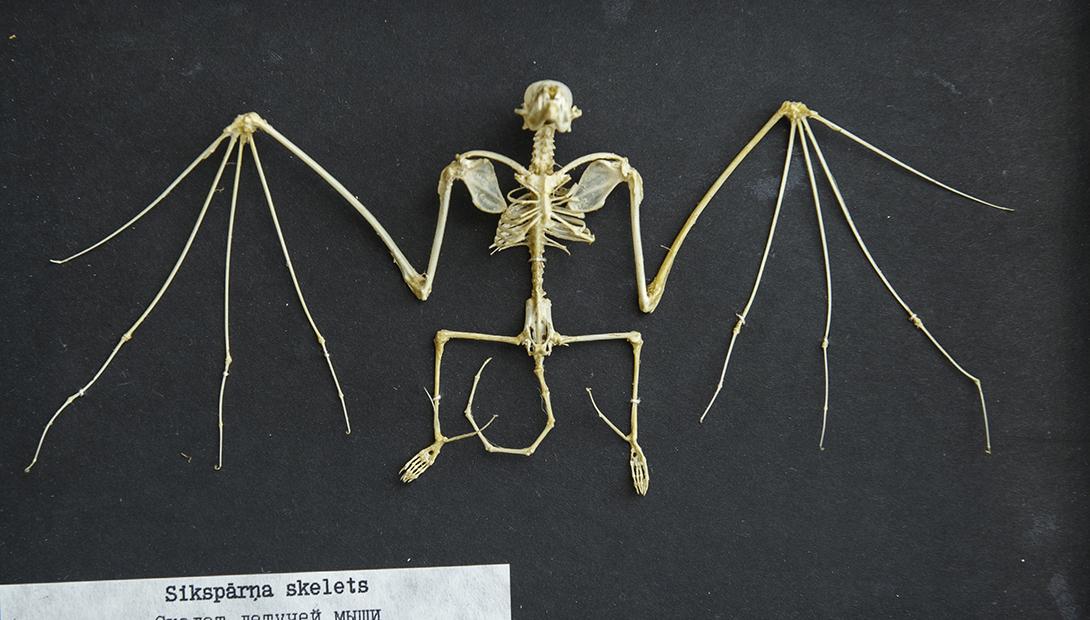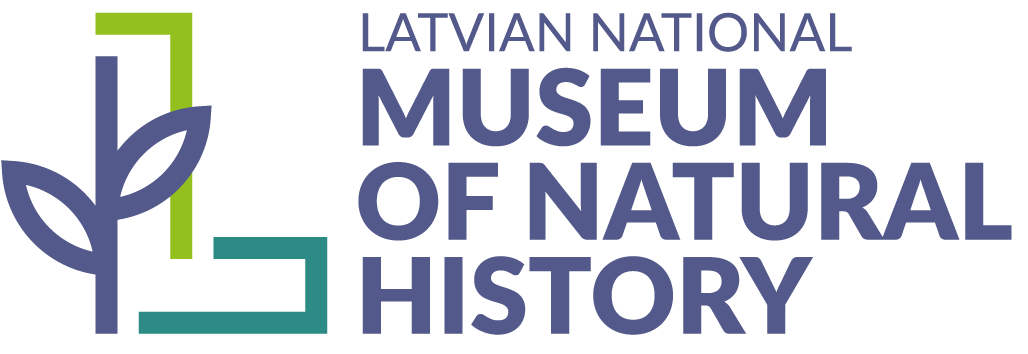The museum’s zoological collection is one of its most diverse: it includes almost all of the systematic groups of vertebrates and invertebrates (not including insects and arachnids), and comprises almost 30 thousand specimens.
Almost all of the bird species found in Latvia are included in the bird collection. The collection is augmented yearly. A unique part of the zoological collection is the collection of wild aberrative fowl and hybrid landfowl (169 specimens), which was created at the end of the 19th century by the German ornithologist and taxidermist Theodore K. Lorenz (1842–1911).
Almost all of the bird species of Latvia are included in the bird collection. The collection is augmented yearly. Many of the foreign birds and mammals have come to the museum from the Riga Zoo. The collection of birds of the Far East resulted from collaboration with the Magadana Regional Museum. In 2010 the museum received as a gift a noteworthy collection of birds from Africa. The collection of seashells from Latvia and elsewhere has noticeably improved in recent years. The museum was gifted a valuable turtle collection in 2000 by Arsenijs Eglis, a member of the Kamarins family living in the USA.
The museum’s mammal collections contain taxidermy mounts of animals from Latvia and the world, as well as skins and various osteological (bone) materials.
The mollusc collection contains more than 16,000 shells, most of which are from marine molluscs. The zoological collection also has various collections of invertebrates, fish, amphibians, and reptiles.
Since Latvia is a member nation of the Convention on International Trade in Endangered Species of Wild Fauna and Flora (CITES), the museum receives confiscated natural objects on the basis of decisions of the Nature Conservation Agency. Items include corals, shells, crocodiles, crocodile skin and snake skin articles.
Today the collections are supplemented with specimens coming from animals killed in road accidents, legally hunted animals, and gifts of hunting trophies.
